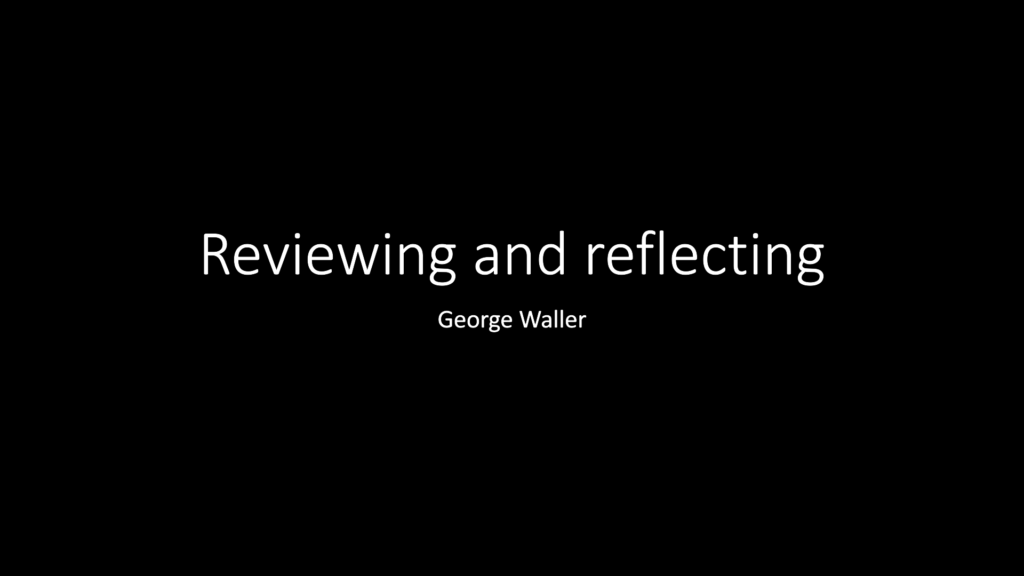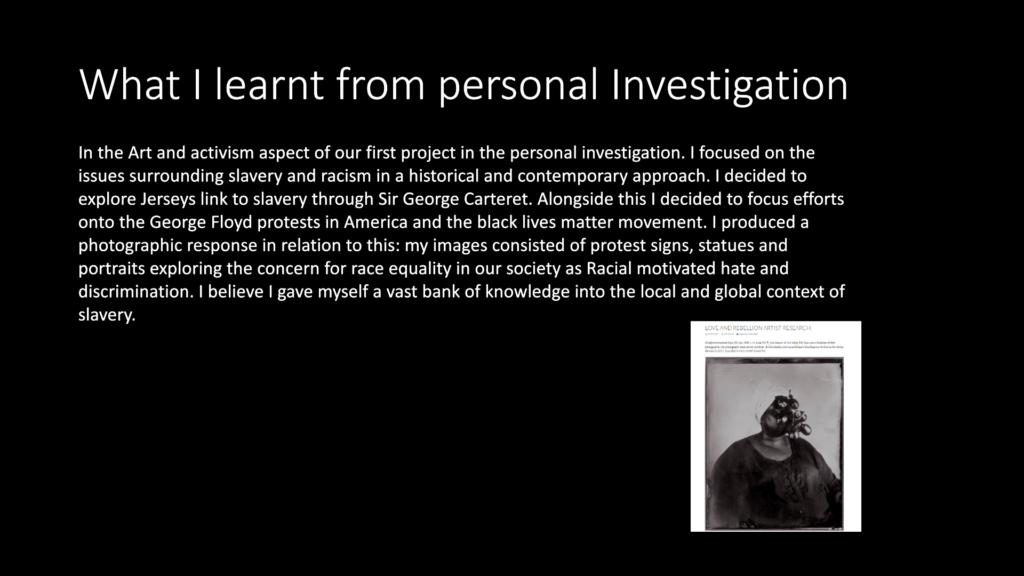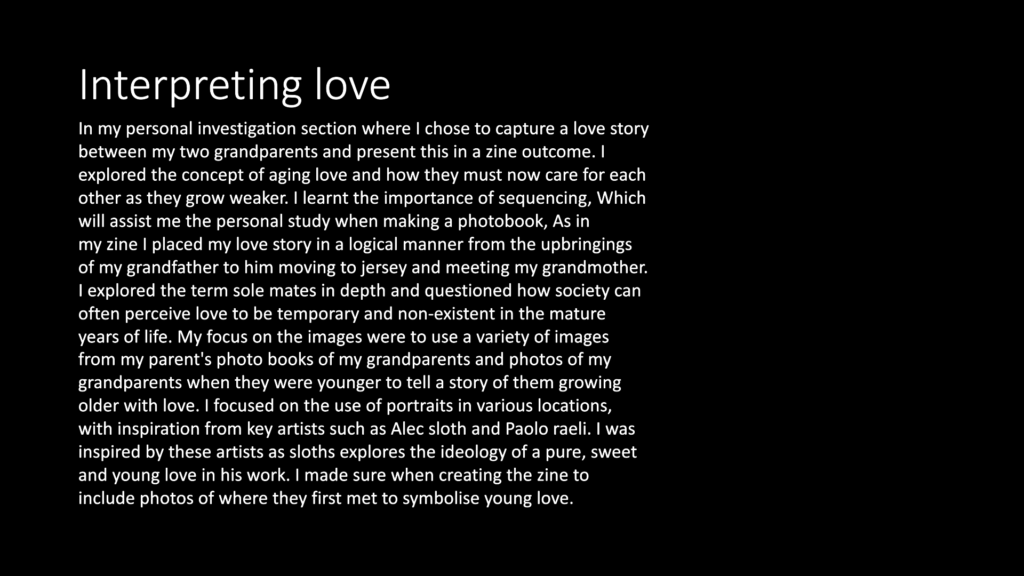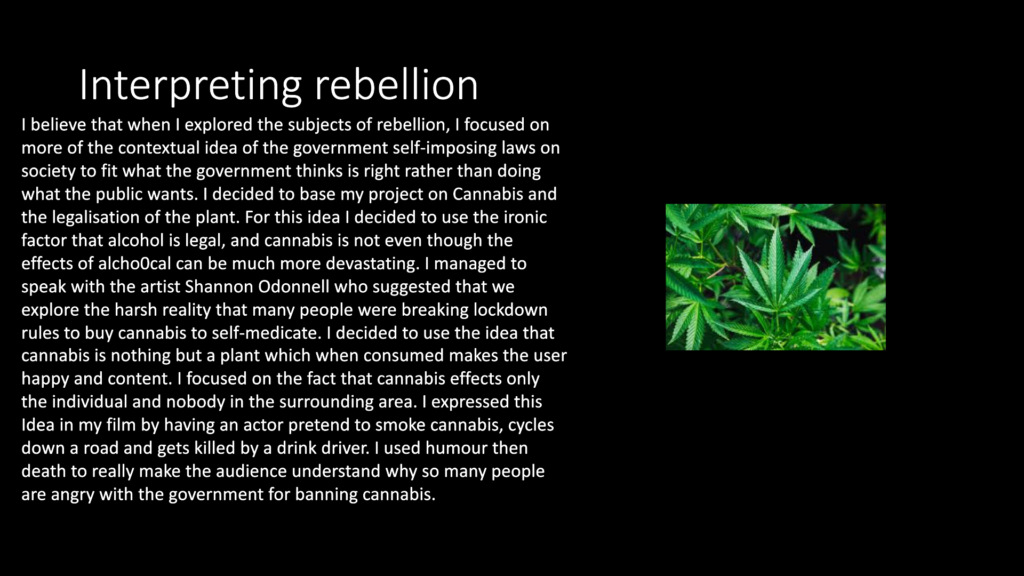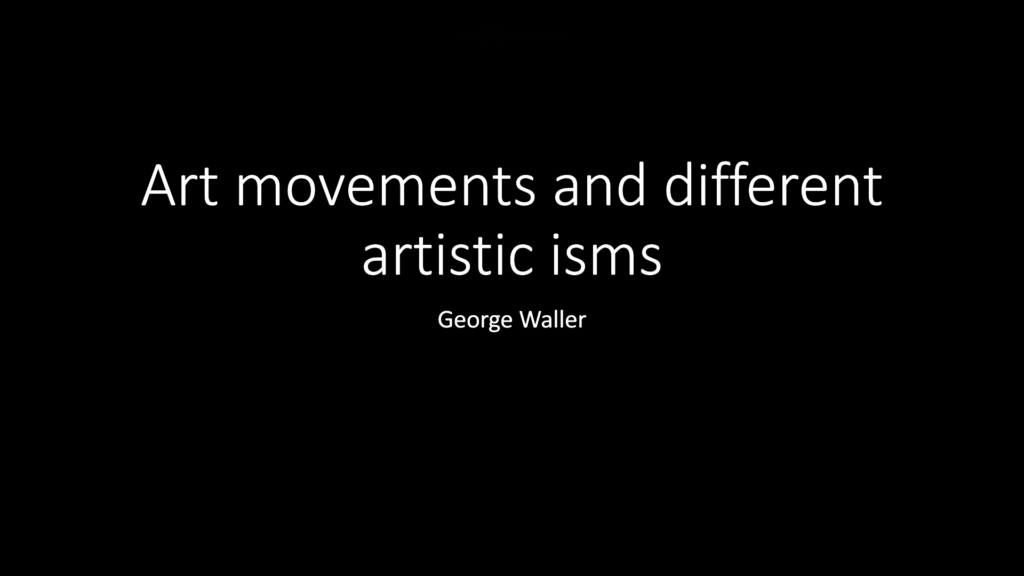
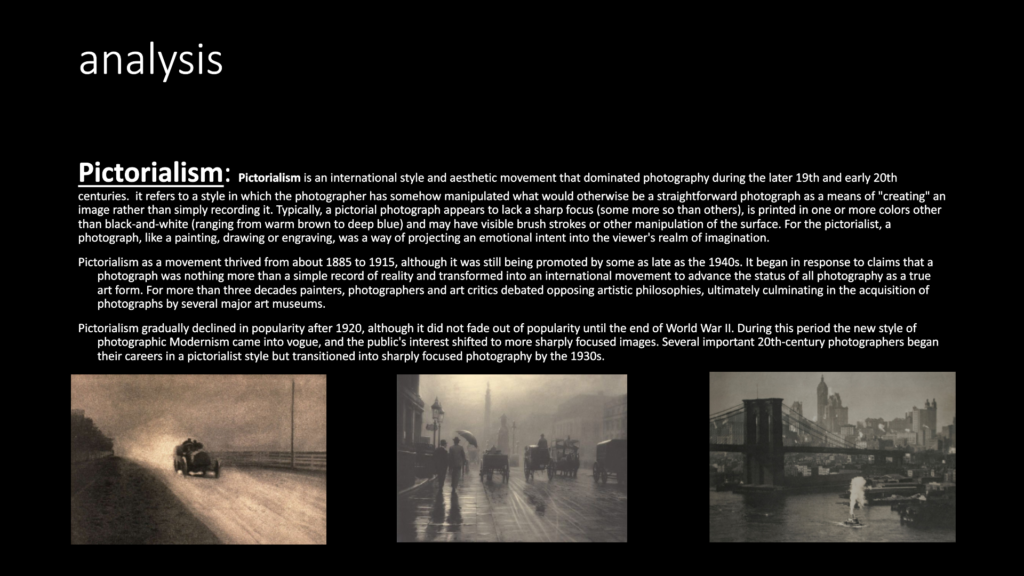











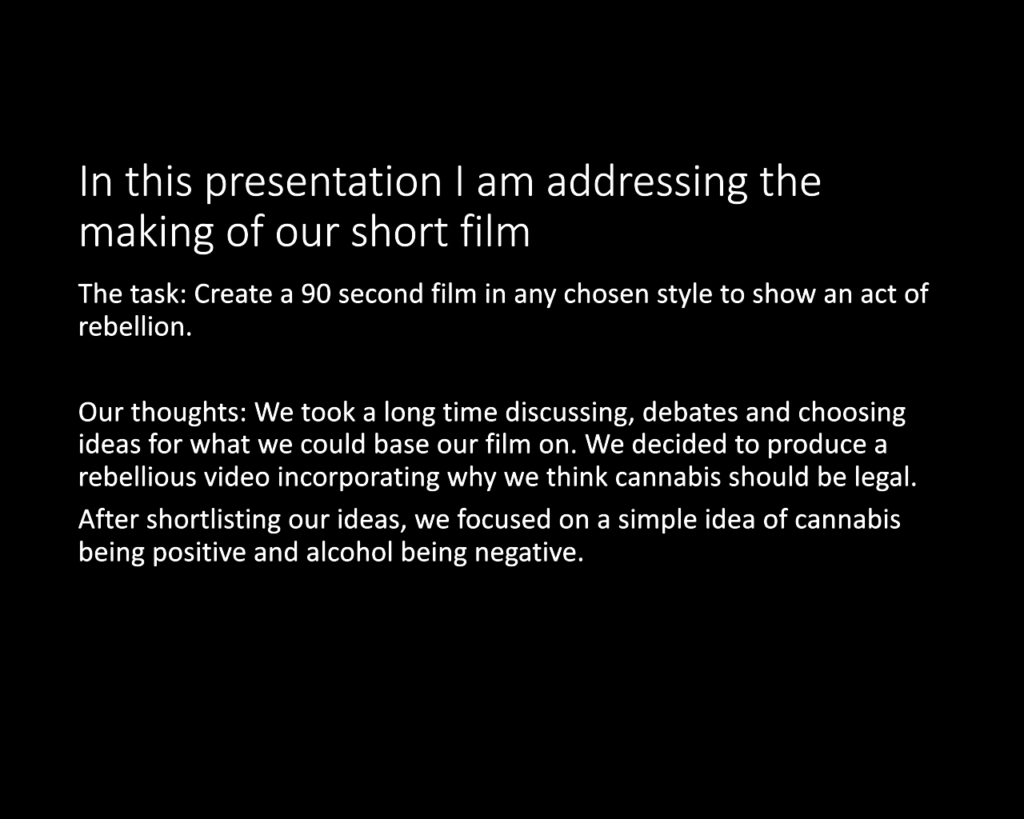

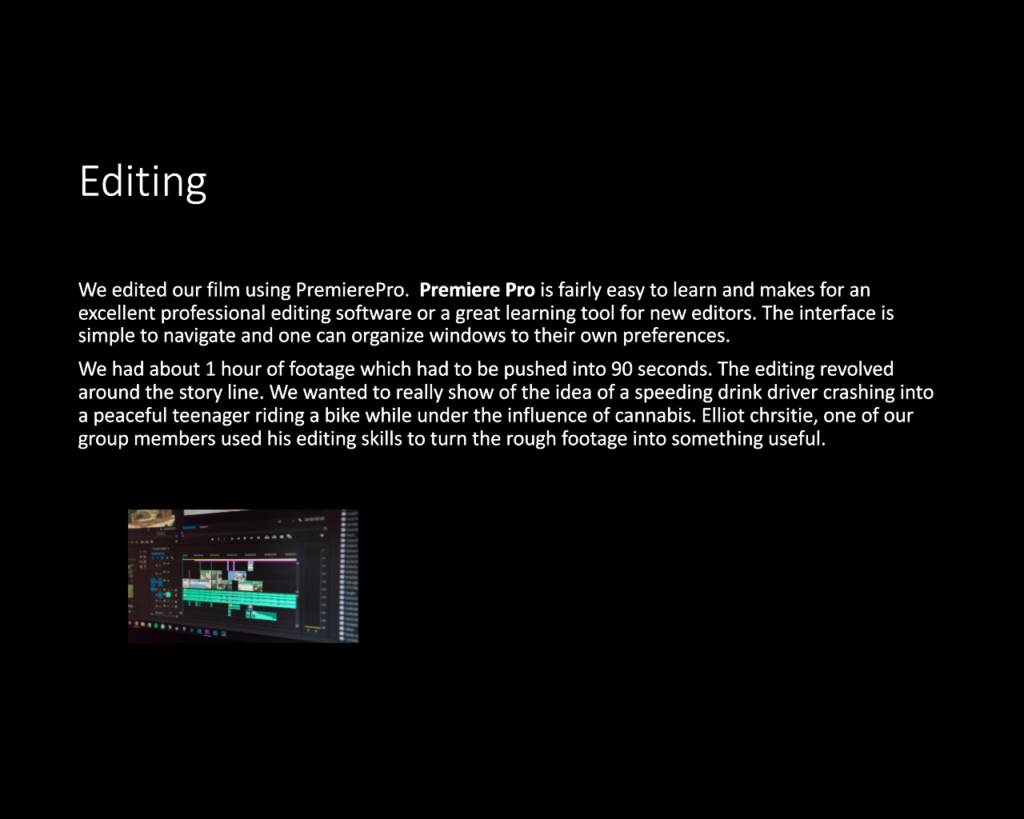
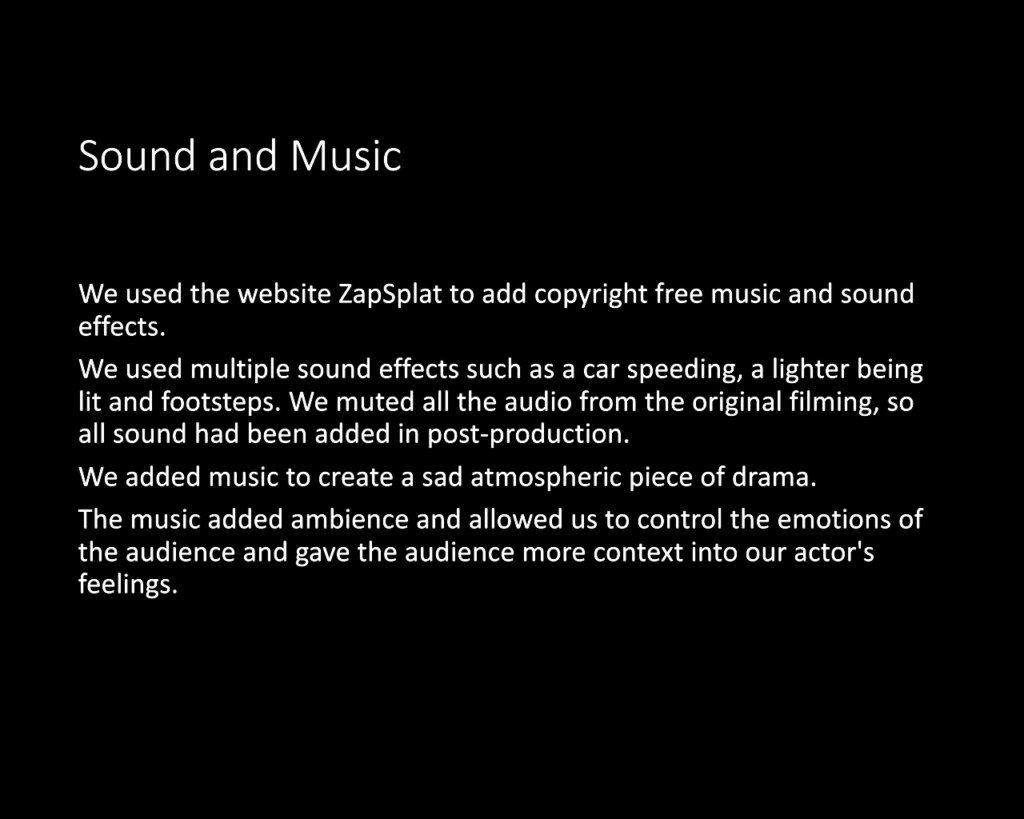





















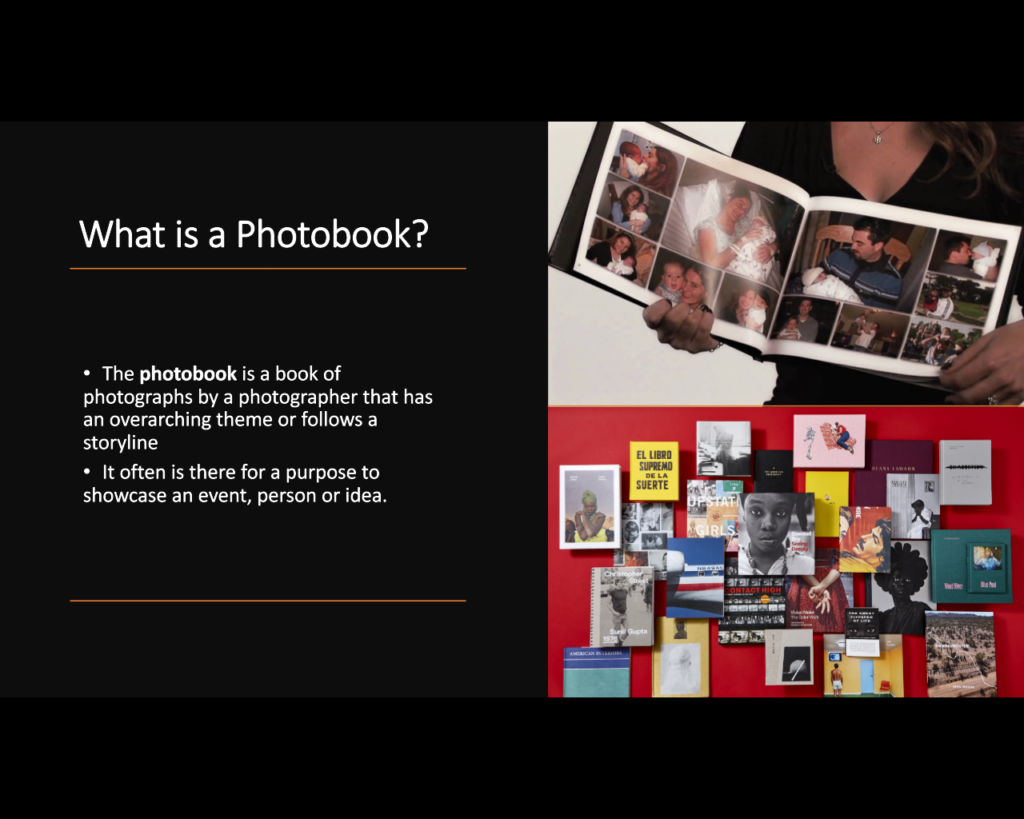
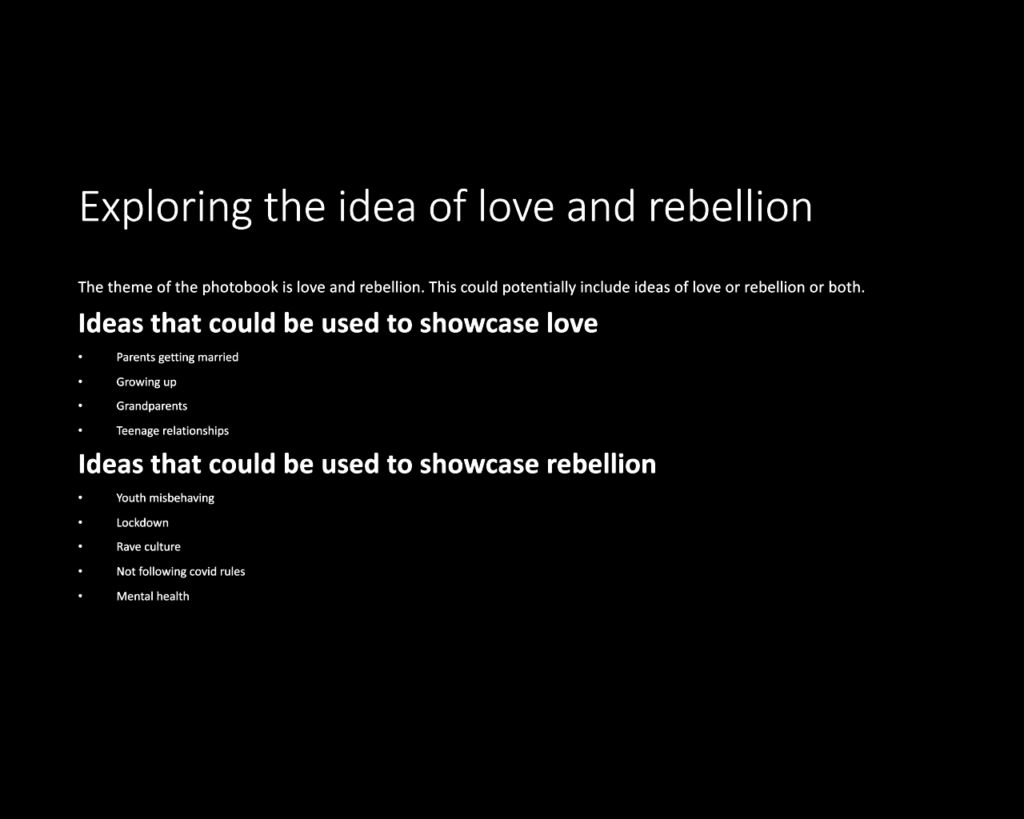
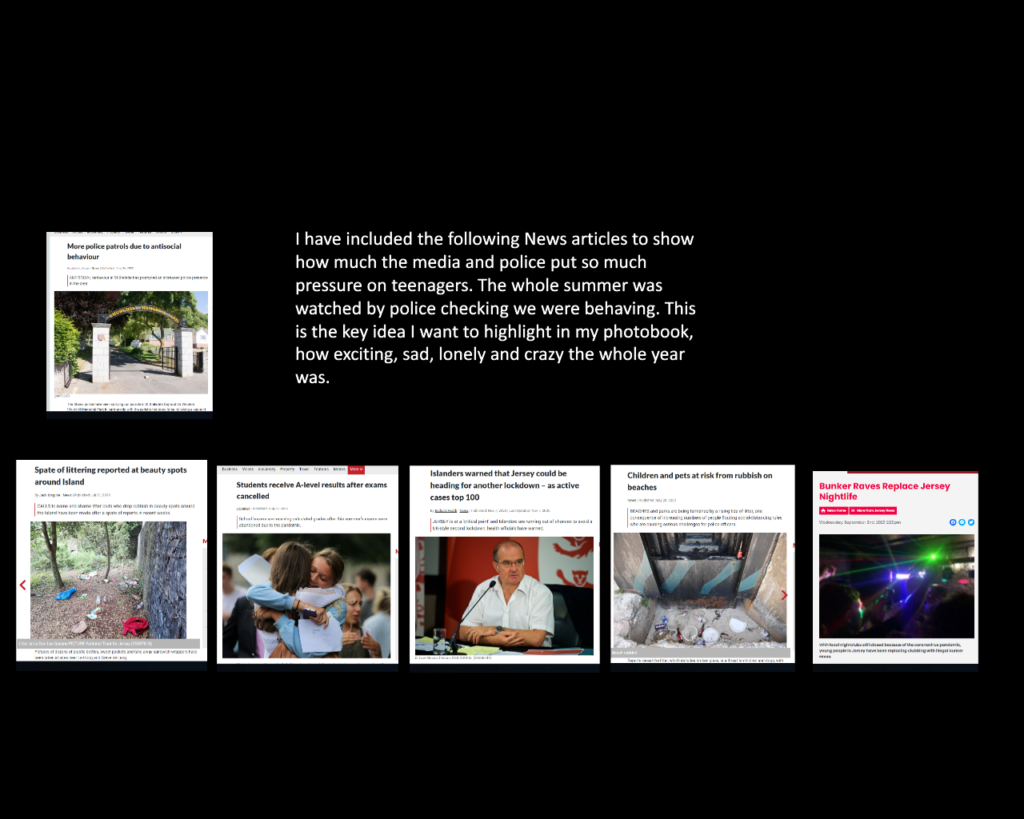

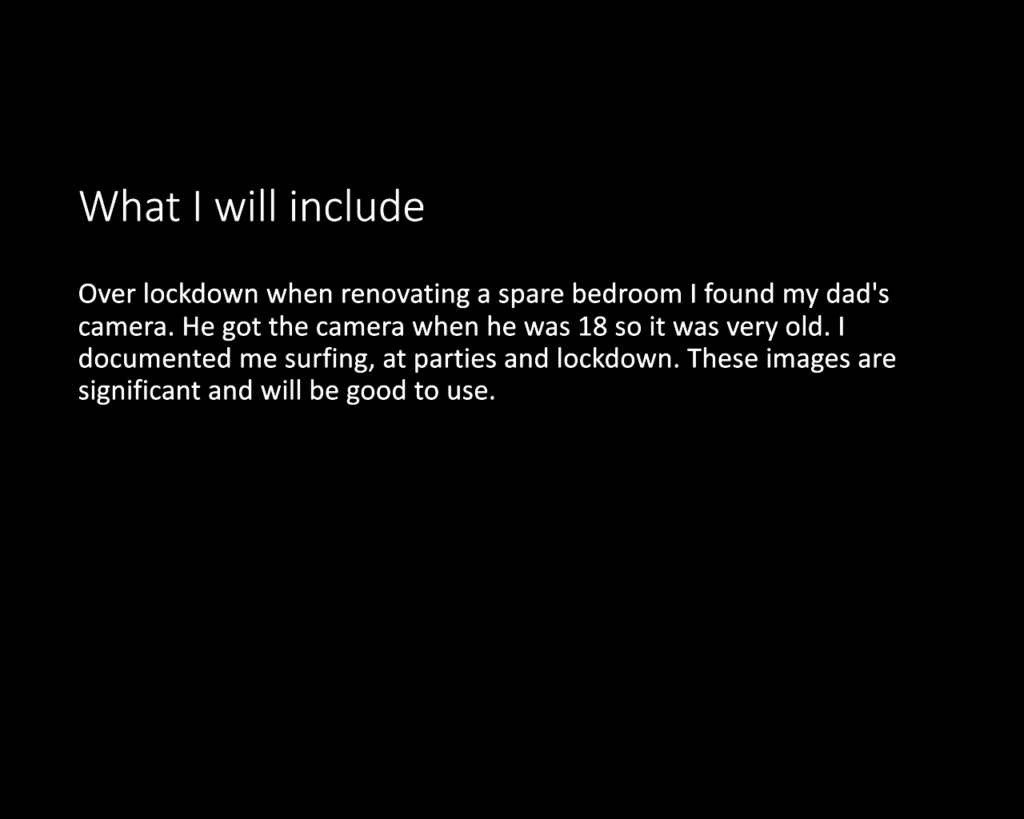
In what way can the work of Claude Cahun and Shannon O’Donnell be considered political?
Shannon O’Donnell is a young developing photographer who produces work based on gender roles. She believes that the way people dress, work and act should not be determined by their sex. Shannon explores this by producing photography to capture her views. This is seen in her photographic series “that’s not the way the river flows”. Shannon explores the idea that gender is at a turning point and is being re-conceptualised. She quotes “our experience of gender is changing, transforming from solely male and female to a multitude of subcategories”. The use of this phrase from Shannon is agreeing with the idea that Shannon’s work is political. She’s suggesting that the basic gender roles are changing. How is this political? Gender has been used by the government to decide who goes to war, who gets to retire at what age and who can work certain jobs! Although with great achievement from woman over the years battling for equal rights the government have more of an equal outlook, society still favours men. Men are seen to be big and strong and women are seen to be gentle caring souls. This idea that a man must act like a man and a woman must act like a woman just because of the genetics they were born with are absurd and Shannon explores this idea greatly.

Shannon’s work portrays the same themes are the artist Claude Cahun. Lucy Renee Mathilde Schwob in Nantes, she was the niece of an avant-garde writer Marcel Schwob and the great-niece of Orientalist David Léon Cahun. Her mother’s mental problems meant that she was brought up by her paternal grandmother, Mathilde Cahun. She began making photographic self-portraits as early as 1912, when she was 18 years old, and she continued taking images of herself through the 1930s. Around 1919 she settled on the pseudonym Claude Cahun, intentionally selecting a sexually ambiguous name. During the early 20s she settled in Paris with her lifelong partner and stepsister Suzanne Malherbe. For the rest of their lives together, Cahun and Malherbe (who adopted the pseudonym Marcel Moore) collaborated on various written works, sculptures, photomontages and collages. She published articles and novels, notably in the periodical Mercure de France. Around 1922 she and Malherbe began holding artists’ salons at their home. Among the regulars who would attend were artists Henri Michaux and André Breton and literary entrepreneurs Sylvia Beach and Adrienne Monnier. Cahun’s work encompassed writing, photography, and theatre. She is most remembered for her highly staged self-portraits and tableaux that incorporated the visual aesthetics of Surrealism. In 1937 Cahun settled in Jersey. Following the fall of France and the German occupation of Jersey and the other Channel Islands, they became active as propagandists. Fervently against war, the two worked extensively in producing anti-German fliers. Many were snippets from English-to-German translations of BBC reports on the Nazis’ crimes and insolence, which were pasted together to create rhythmic poems and harsh criticism. The couple then dressed up and attended many German military events in Jersey, strategically placing them in soldier’s pockets, on their chairs, etc. Also, fliers were inconspicuously crumpled up and thrown into cars and windows. Cahuns resistance efforts were not only political but artistic actions, using their creative talents to manipulate and undermine the authority which they despised. In many ways, Cahun’s life’s work was focused on undermining a certain authority, however her specific resistance fighting targeted a physically dangerous threat. In 1944 she was arrested and sentenced to death, but the sentences were never carried out. However, Cahun’s health never recovered from her treatment in jail, and she died in 1954. She is buried in St Brelade’s Church with Malherbe. Cahuns work is extremely political as it was breaking the law to entice soldiers to disobey the powerful figures in war.

Although Shannon O’donnel used very different methods of spreading their views in photography their work can both be viewed as political. In some respects, Shannon and Claude can both be similar as they both published works as young adults and both challenged the roles of gender and emphasised the fact that society should not choose who can be who or who can wear what simply because of their sex.
George Waller
Film Critique
The main idea of the film “Deception” is to show the contrast between alcohol and cannabis and promote awareness around the idea that cannabis should be a gift that should be cherished and not banned. The film is set in the early 2020 jersey, where cannabis is illegal. The film is shot in outside locations to provide a relaxed and comfortable atmosphere. The audience is not distracted by the theme as we have filmed it a unique and simple way of using cut scenes to create a visually pleasing film.
The film starts with Gabriel, our main character walking slowly down a country footpath. The sun is setting and there is a general dark atmosphere taking over the shot. The music gets intense, a loud sad violin noise is heard as Gabriel starts rolling a cannabis joint. The camera pans in at multiple angles to create a timeless sequence visually showing the audience that Gabriel is at peace. Gabriel lights up the joint and is seen smoking.
The film deception uses sound a lot to create atmosphere for the audience. The audience are made aware when Gabriel gets high as the music changes from a sad dramatic noise to a upbeat happy relaxed sound.
The film then turns dark with Gabriel seen cycling down a long country road. A car is seen swerving and speeding up. The audience has a third person view on the event which is about to unfold as they see the drink driver speeding towards Gabriel. Gabriel unknowingly cycles happily along the road. The car is seen to speed up then we hear a dramatic crash sound effect and an immediate black out. This creates tension and shocks the audience as we fear for the worse. The camera then pans into Gabriel mangled on the floor with his bike tire spinning.
Overall, I think this film is good as it examines the idea that alcohol is a lot worse than cannabis and therefore cannabis should be legalized. This use of rebellious behavior incorporates the theme of rebellion. Would the same outcome with Gabriel being killed happen if the driver was smoking cannabis?
